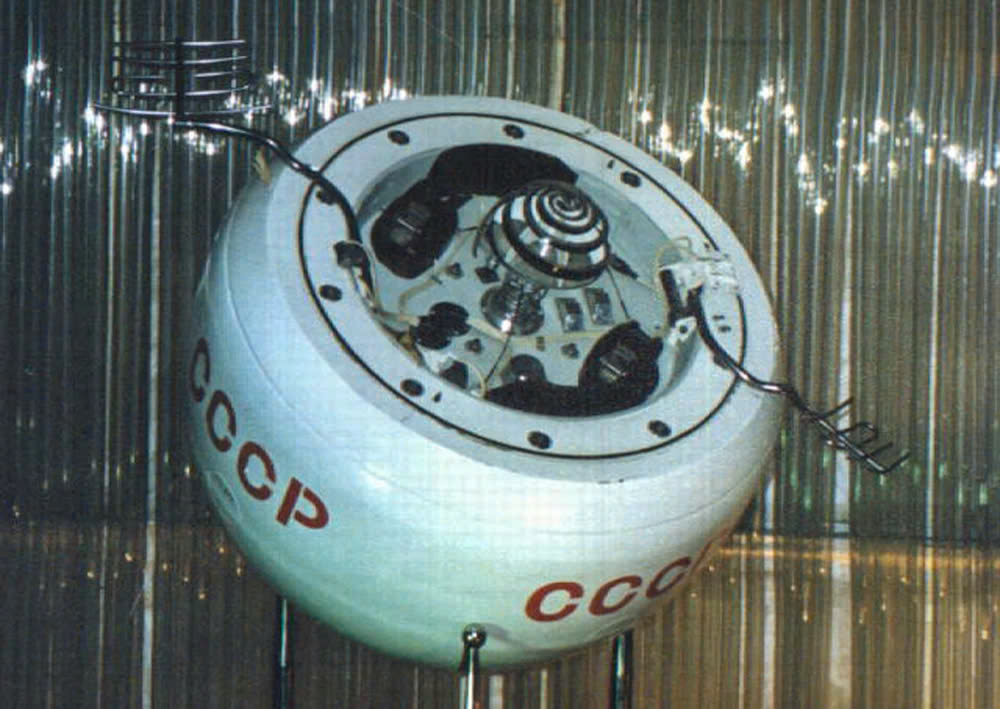New & Featured
The Enigmatic Crash: Soviet Kosmos 482 Spacecraft Plummets to an Unknown Site on Earth
A Failed Mission Stranded in Orbit
Launched on April 2, 1972, Kosmos 482 was part of the Soviet Venera program, designed to explore Venus. The 4,950-kilogram spacecraft carried a Block L upper stage and a lander built to withstand Venus’s extreme atmospheric conditions. However, the mission suffered a critical malfunction shortly after launch when the Block L stage failed to ignite for its second burn, stranding the spacecraft in a low Earth orbit with a perigee of 200 km and an apogee of 9,800 km, completing an orbit every 145 minutes.
Over the following years, atmospheric drag gradually pulled Kosmos 482 toward Earth. Most experts assumed it had burned up upon re-entry in the late 1970s or early 1980s. However, recent reports of unidentified metallic debris found across the globe have challenged this assumption.
Evidence and Analysis
While no major space agency has officially confirmed the connection, anecdotal reports and images of peculiar metal fragments—some showing burn marks consistent with atmospheric re-entry—have led independent researchers to speculate they may belong to Kosmos 482.
According to Dr. Thomas Schildknecht, a space debris expert at the University of Bern:
*”It is entirely plausible that a large object like Kosmos 482 did not fully disintegrate. The re-entry angle, speed, and material composition all play crucial roles.”*
Historical orbital data suggests Kosmos 482 underwent multiple decay cycles. Re-entry simulations indicate that heat-resistant components, such as titanium fuel tanks or engine parts, could have survived the initial burn-up phase.
The Mystery of the Impact Site
One of the most puzzling aspects is the lack of a confirmed debris impact site. The spacecraft’s wide orbital inclination and unpredictable atmospheric drag make precise tracking nearly impossible.
Professor Holger Krag, Head of ESA’s Space Safety Programme, explains:
“Pinpointing the landing location of a decades-old re-entry is nearly impossible without precise final-stage tracking data. Surviving debris could be scattered over hundreds of kilometers.”
Potential Risks and Lessons Learned
While no casualties have been reported, the Kosmos 482 incident highlights the growing threat of space debris. NASA currently tracks over 27,000 objects larger than 10 cm, with millions of smaller, hazardous fragments in orbit.
Key takeaways include:
- Designing spacecraft for complete disintegration upon re-entry using burnable materials.
- Enhancing debris tracking and removal efforts to mitigate collision risks.
- Strengthening international cooperation on space sustainability.
The Lingering Mystery
The fate of Kosmos 482 remains uncertain. Are the recovered fragments truly from this spacecraft? Where did they land? These questions may never be answered definitively. However, the incident serves as a stark reminder of the challenges of space exploration and the need to protect Earth from the remnants of past missions.
As space activities expand with more nations and private companies involved, learning from past failures like Kosmos 482 is crucial. Sustainable space practices and global regulations will be essential to ensuring a safer future—both on Earth and in orbit.


